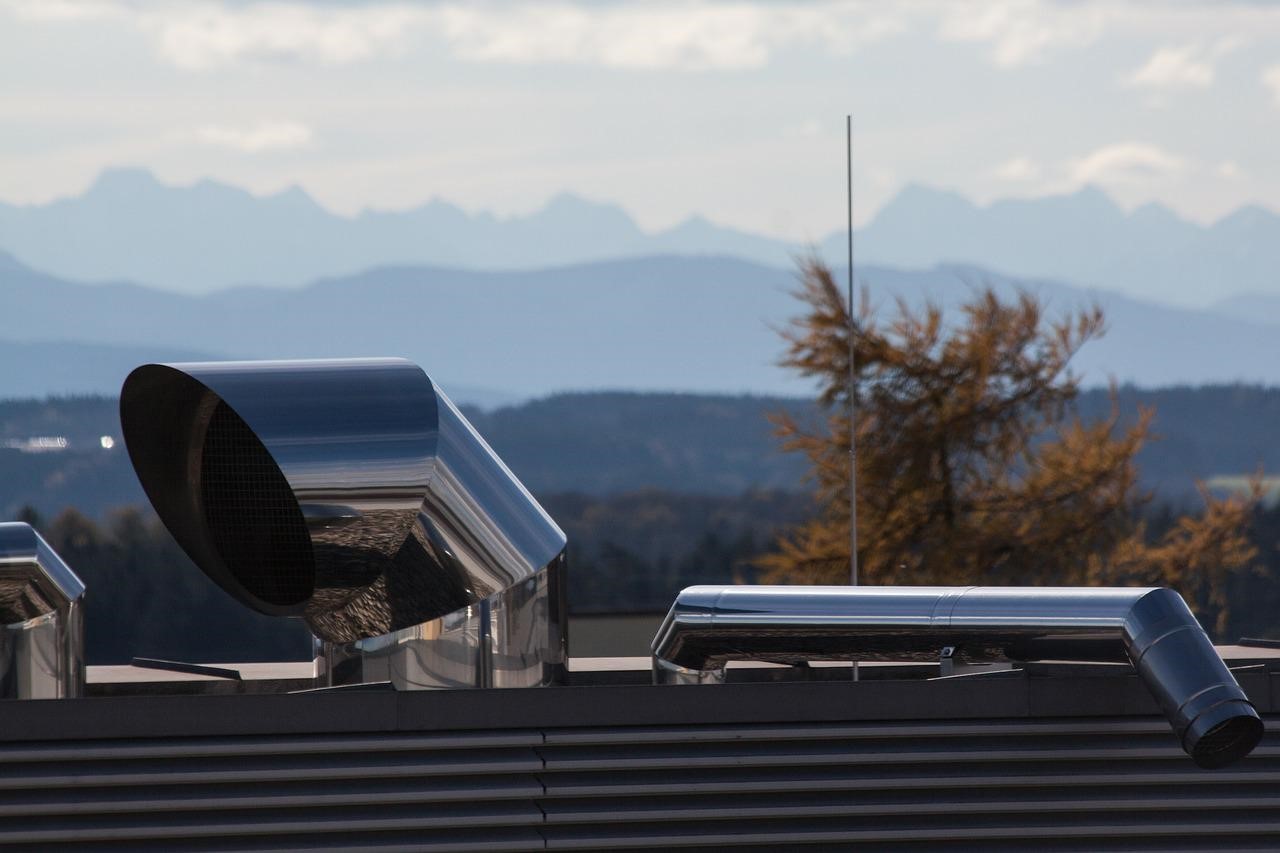In the United States, all commercial buildings must provide fresh air to inhabited spaces. Fresh, clean air is essential for human health and interior air quality and comfort. Even though ventilation methods vary, tempering new air can be an energy-intensive procedure.
A Dedicated Outdoor Air System (DOAS) with a high-efficiency Energy Recovery Ventilator (ERV) is a type of ventilation system that can help lower a building’s heating and cooling loads dramatically. When DOAS and energy recovery ventilators are combined with a ductless heating and cooling system, such as Variable Refrigerant Flow (VRF) or Mini-Split heat pumps, heating and cooling loads can be reduced even further while comfort is improved.
HVAC systems must properly temper fresh air before distributing it throughout the structure. This contributes to high heating and cooling loads, and fresh air is only delivered when heating or cooling is required. A DOAS, on the other hand, provides fresh air into interior spaces without requiring heating or cooling, considerably enhancing efficiency and allowing heating and cooling equipment to be downsized.
Depending on the season, an ERV minimizes the demand for heating and cooling equipment by transferring heat from exhausted (interior) air to incoming (outdoor) air or vice versa. Because the two air streams do not combine, odors and contaminants in expelled air are kept separate from fresh supply air.
Preconditioning is a process that saves a substantial amount of energy that would otherwise be lost due to standard exhaust ventilation systems. We recommend a high-performance ventilation upgrade for commercial buildings using a DOAS with ERV and recommend the installation of a ductless heating and cooling system to maximize savings.
What are the advantages of using a dedicated outdoor air system?
- Improved Ventilation
For example, over ventilation is a problem with a central HVAC system that can reduce the level of comfort in any place. In contrast, a DOAS is designed to provide consistent and controlled ventilation in any home or office.
- Humidity Control
Another benefit is that it can regulate humidity, which is difficult to do with traditional HVAC systems. By boosting the level of interior humidity, a DOAS can improve the quality of the air you breathe in arid areas.
- Saves Energy
A dedicated outdoor air system is a great investment since it saves energy by lowering the amount of energy used for air conditioning because it does not require as much cleaning as other ventilation systems. You will save a large amount of money on your monthly utility bills as a result.
Bottom Line
Because of enhanced energy efficiency and indoor air quality standards, DOAS units and other HVAC technology are here to stay. Efficiency in energy use is a long-term trend that will continue.
